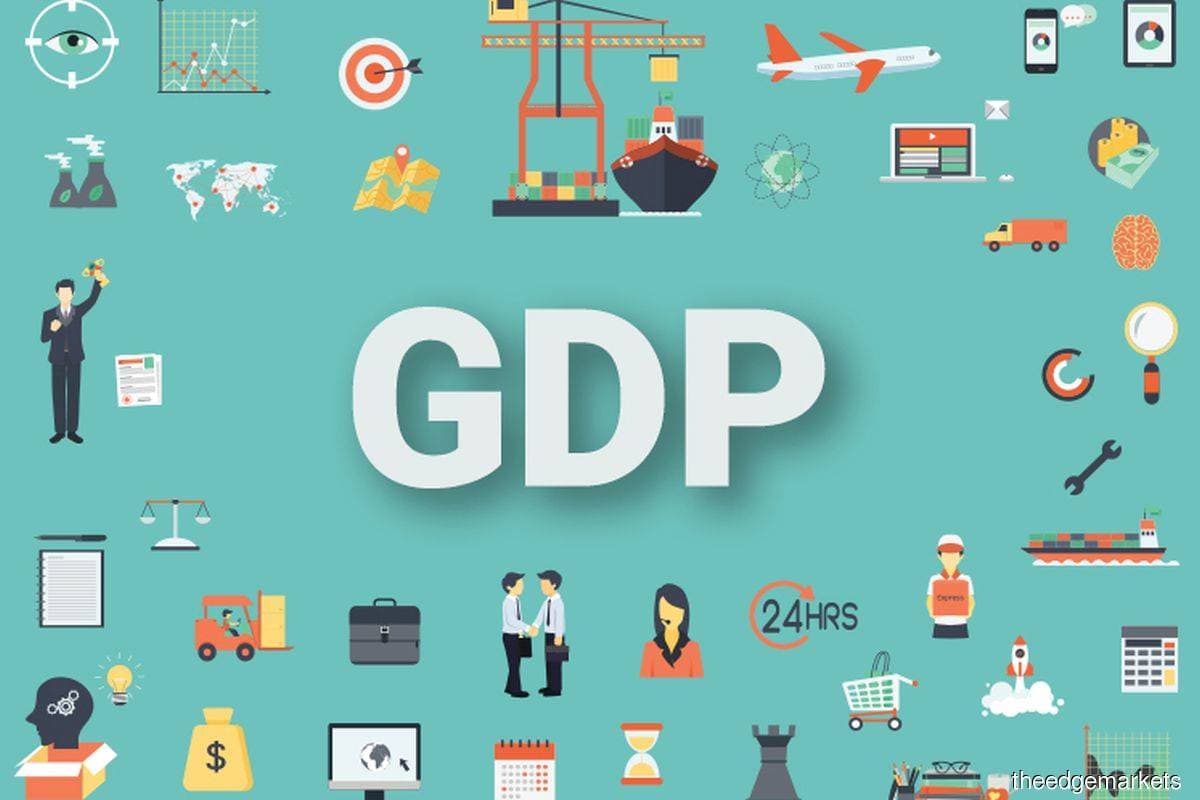
KUALA LUMPUR (Jan 11): After the strong rebound in 2022, the World Bank sees growth in Malaysia, the Philippines, and Vietnam moderating as the growth of exports to major markets slows.
In the Bank’s latest Global Economic Prospects report released on Tuesday (Jan 10), it said growth is projected at 4% in Malaysia, 5.4% in the Philippines, and 6.3% in Vietnam.
It said that in Indonesia, GDP is projected to grow by 4.9% on average in 2023-24, only slightly slower than in 2022, reflecting softening but still robust private spending.
Commenting on the region, the World Bank said that after a strong rebound in 2021, growth in the East Asia and Pacific (EAP) region slowed markedly in 2022 to an estimated 3.2%, 1.2 percentage point below previous forecasts.
It said the slowdown was almost entirely due to China (which accounts for about 85% of the region’s GDP), where growth slowed sharply to 2.7%, 1.6 percentage points lower than projected in June.
The bank said the country faced recurrent Covid-19 outbreaks and mobility restrictions, unprecedented droughts, and prolonged stress in the property sector, all of which restrained consumption, food and energy production, and residential investment.
Fiscal and monetary policy support for domestic demand and an easing of restrictions on the real estate sector have only partially offset these headwinds.
In the region excluding China, the pace of growth more than doubled, rising to 5.6% in 2022.
The report said activity was supported by a release of pent-up demand as many countries continued to lift pandemic-related mobility restrictions and travel bans.
Growth in the region excluding China in 2022 was 0.8 percentage point above the June forecast, reflecting upgrades for Malaysia, the Philippines, Thailand, and Vietnam, most of which also benefited from a strong rebound of goods exports.
The World Bank said consumer price inflation increased across the region in 2022.
Notwithstanding this increase, price pressures have been generally more muted in EAP than in other regions.
This partly reflects remaining negative output gaps due to a combination of relatively high potential growth and protracted recovery as well as widespread price controls and subsidies.
Outlook
Growth in the EAP region is projected to firm to 4.3% in 2023 as easing of pandemic-related restrictions allows activity in China to gradually recover.
These projections are below those of last June, where regional growth was expected to surpuss 5% in 2023-24.
The downward revisions are broad-based and reflect Covid-related disruptions and protracted weakness in the real estate sector in China and weaker-than-expected goods export growth across the region.
Inflation is also expected to ease somewhat after peaking in 2022.
Meanwhile, Reuters reported that the World Bank slashed its 2023 growth forecasts on Tuesday to levels teetering on the brink of recession for many countries as the impact of central bank rate hikes intensifies, Russia's war in Ukraine continues, and the world's major economic engines sputter.
The development lender said it expected global GDP growth of 1.7% in 2023, the slowest pace outside the 2009 and 2020 recessions since 1993. In its previous Global Economic Prospects report in June 2022, the bank had forecast 2023 global growth at 3%.
It forecast global growth in 2024 to pick up to 2.7% — below the 2.9% estimate for 2022 — and said average growth for the 2020-2024 period would be under 2% — the slowest five-year pace since 1960.